Latest DePIN Funding News

3 months ago
Top Cryptocurrencies to Watch: Investment Opportunities in the Evolving Market
The cryptocurrency market continues to attract a diverse range of investors, driven by the promise of significant market opportunities. As various crypto-enabled projects emerge, some have distinguished themselves through robust technological solutions and sustainable growth strategies. This article highlights five cryptocurrencies that are currently gaining traction, focusing on their unique features, tokenomics, and investment potential, which can guide investors in making informed decisions.
Among the notable projects is DexBoss (DEBO), which aims to simplify the decentralized finance landscape by offering an intuitive trading experience. With access to over 2,000 cryptocurrencies, DexBoss ensures liquidity and seamless transactions, which are crucial for both novice and experienced traders. The ongoing presale has already raised $586,984 towards its $750,000 target, with a current offer price of $0.011, significantly lower than the planned listing price. The platform's innovative buyback and burn mechanism enhances scarcity and drives long-term value appreciation for token holders.
Another project to watch is Aureal One (DLUME), a blockchain-based gaming platform that promises quick and secure operations tailored for play-to-earn environments. The presale has garnered $3,242,651 of its $4,500,000 target, with a nominal price of $0.0013. Additionally, yPredict (YPRED) leverages artificial intelligence to provide traders with data-driven insights, enhancing trading strategies. The Graph (GRT) plays a critical role in the blockchain ecosystem by facilitating efficient data indexing for decentralized applications. Lastly, VeChain (VET) enhances supply chain management through its dual-token system, making it a preferred choice for enterprises. Each of these projects presents unique investment opportunities in the evolving cryptocurrency landscape.
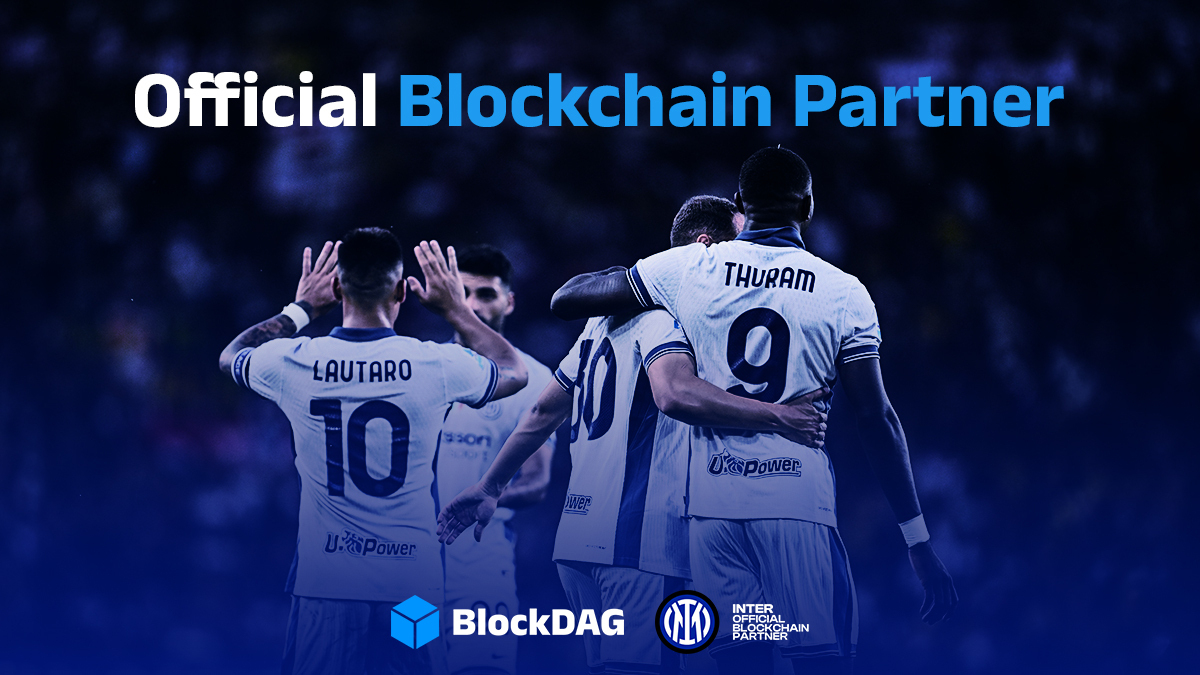
3 months ago
Top-Trending Cryptos: Aptos, Bittensor, and BlockDAG's Surge
In the ever-evolving world of cryptocurrencies, three coins have emerged as top-trending assets, each with its unique market dynamics. Aptos (APT) is approaching a critical price level of approximately $6.25, a point that has historically acted as both resistance and support. Analysts suggest that if Aptos rebounds from this level, it could surge towards $7.00. Conversely, a drop below $6.25 may lead to further declines, testing lower support around $5.875. Traders are advised to monitor this situation closely, as the outcome could significantly influence Aptos's short-term trajectory.
Meanwhile, Bittensor (TAO) is experiencing a bearish trend, currently priced at $410.70, with intraday losses of 4.58%. The coin is hovering near a crucial support level at $410, and if this fails to hold, it could plummet to the 300-250 range, marking a potential 49% decrease. The technical indicators, including the 50-day moving average crossing below the 200-day average, suggest a negative market sentiment, making it a precarious position for long-term investors.
On a more positive note, BlockDAG (BDAG) is witnessing a remarkable presale, nearing $200 million, bolstered by its partnership with Italian soccer club Inter Milan. This collaboration is not only enhancing fan engagement through exclusive content and digital collectibles but is also driving significant interest in blockchain technology. With analysts predicting a potential price of $1 by 2025, many traders are eager to invest in BDAG, currently priced at $0.0248. The growing adoption and impressive presale performance indicate that now may be the ideal time for investors to capitalize on this opportunity before prices escalate further.
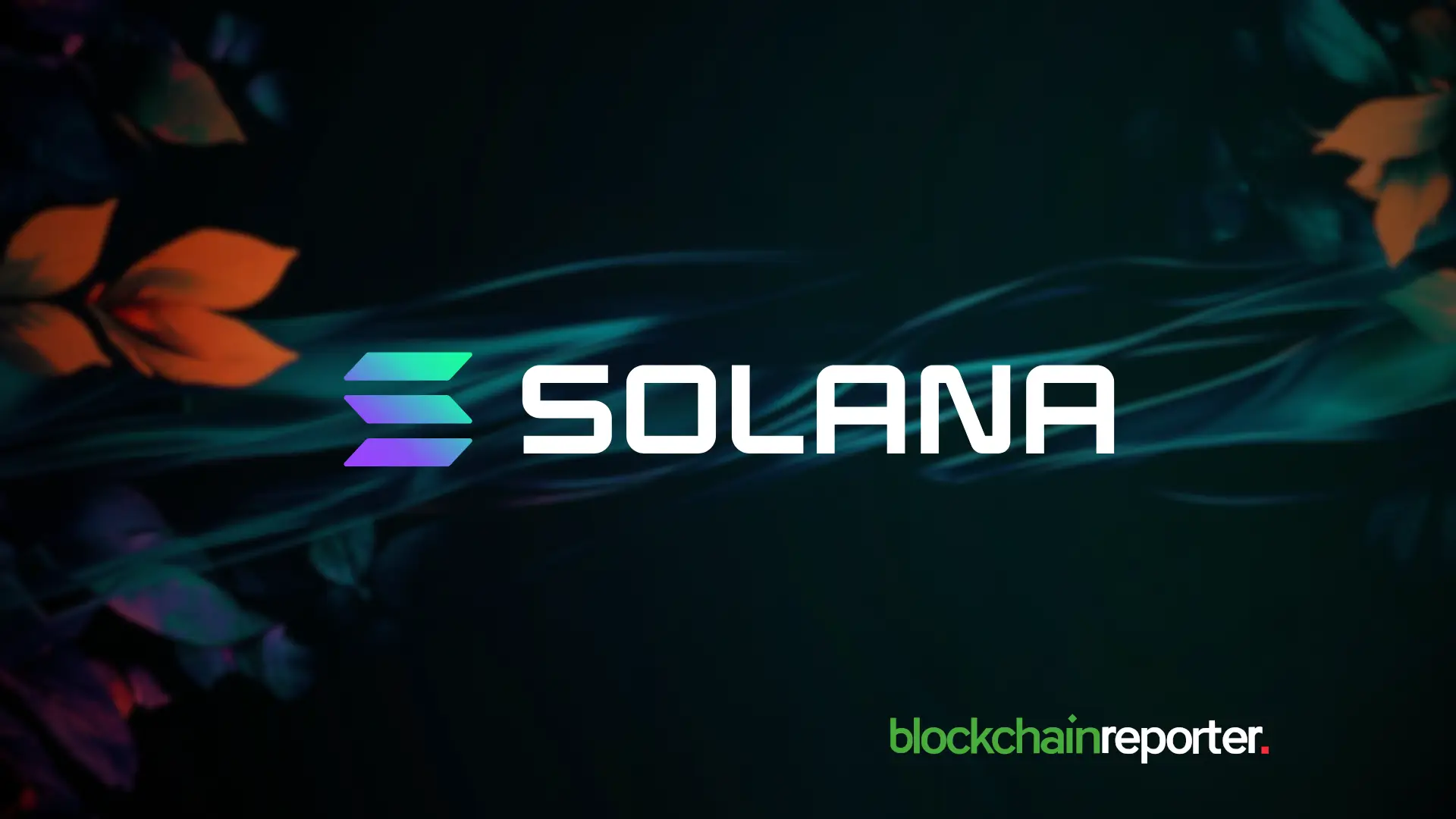
3 months ago
Coldware (COLD) Aims for $200 Million Presale, Challenging Solana in DePIN Sector
Coldware (COLD), an emerging Layer-1 blockchain project, is making waves in the decentralized infrastructure (DePIN) sector with plans to raise $200 million in its presale. This ambitious funding goal positions Coldware as a potential leader in Real-World Asset (RWA) tokenization and Web3 infrastructure, directly competing with established platforms like Solana. The project aims to leverage its scalable technology and the newly introduced DePIN Mobile initiative to facilitate massive adoption and transform how assets are tokenized and managed on the blockchain.
One of the standout features of Coldware is its DePIN Mobile initiative, which seeks to revolutionize Web3 mobile devices. Unlike traditional blockchain networks that focus primarily on decentralized finance (DeFi) and non-fungible tokens (NFTs), Coldware is creating a framework that integrates seamlessly with mobile technology. This innovative approach aims to enable secure peer-to-peer communication, decentralized storage, and real-time on-chain applications, all while eliminating the need for centralized cloud services. By utilizing a high-speed consensus mechanism, Coldware is set to process transactions more efficiently than existing Layer-1 networks, attracting the attention of institutional investors and tech firms.
As Coldware's presale unfolds, it is drawing significant interest from venture capital firms and institutional investors who are eager to tap into the $10 trillion market for tokenized real-world assets. The project’s unique proposition allows for the fractional ownership of various physical assets, creating new investment opportunities for both retail and institutional players. While Solana faces challenges with liquidity and declining decentralized exchange activity, Coldware is rapidly building a robust ecosystem that could redefine the DePIN and RWA sectors. Investors are keenly observing this presale, as its success could herald one of the most disruptive blockchain projects of the decade.

3 months ago
Zuvu AI and Vana Partner to Enhance Decentralized AI in Bittensor
On February 26, Zuvu AI and Vana announced a strategic partnership aimed at enhancing decentralized artificial intelligence within the Bittensor ecosystem. This collaboration seeks to create a more open and financially sustainable AI environment by integrating various layers of the decentralized AI stack. Zuvu AI, formerly known as SocialTensor, brings valuable experience from scaling four Bittensor (TAO) subnets, while Vana contributes its innovative user-owned data network, recently advised by Binance founder Changpeng Zhao. Together, they aim to test a new model of AI development that emphasizes collaboration and sustainability.
Art Abal, Managing Director at Vana Foundation, highlighted that the partnership effectively integrates Vana’s data layer, Bittensor’s subnet network, and Zuvu’s economic layer to enhance Vana’s DataDAO ecosystem. This integration addresses significant challenges in AI development by allowing models, agents, and data to be invested in, staked, traded, and monetized. With the AI market projected to reach trillions by 2032, this collaboration positions itself to create new opportunities in a rapidly expanding market, as Zuvu powers the AI economy layer.
The partnership's strategic integration into Bittensor leverages its incentive-driven network to scale AI development effectively. By merging user-owned data with permissionless computing and economic incentives, this collaboration reflects the disruptive nature of decentralized finance (DeFi) in traditional finance. The partnership is expected to enhance the diversity of Bittensor’s subnets, support the expansion of Vana’s DataDAO, and establish Zuvu as a leader in AI financialization, potentially influencing industry practices. This initiative aligns with the growing trend toward open-source artificial intelligence and responds to the demand for alternatives to centralized AI giants.
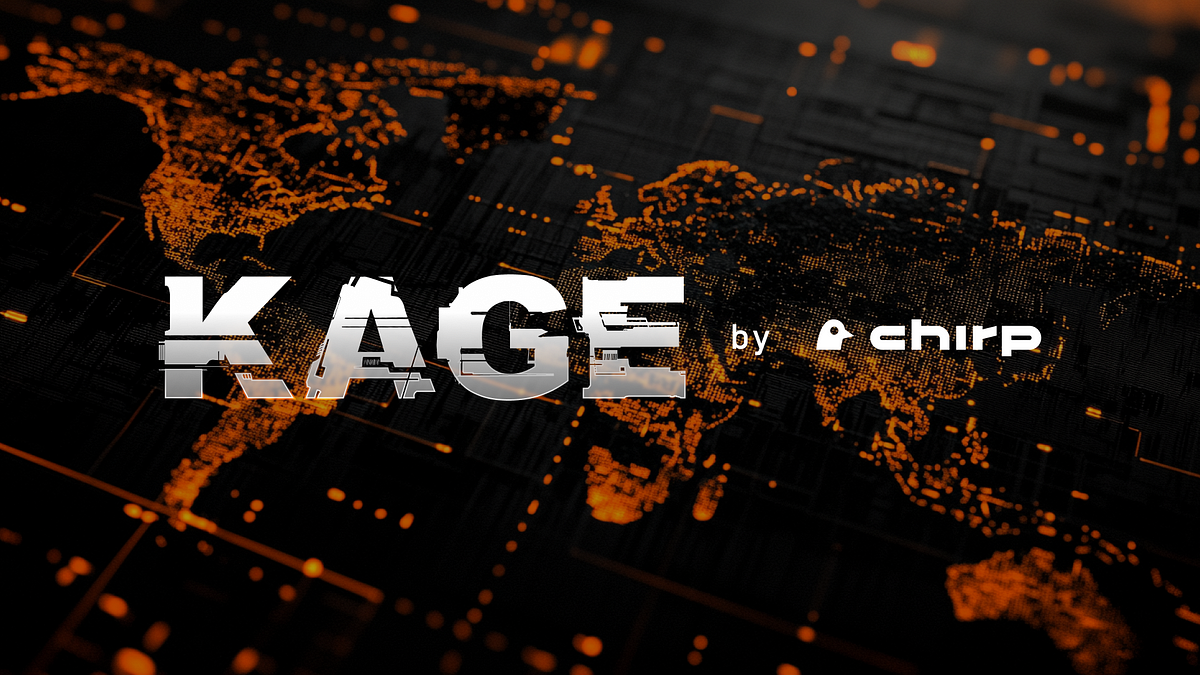
3 months ago
Kage App: Revolutionizing Geolocation with DePIN Technology
The Kage App by Chirp is making waves in the Web3 gaming landscape as the world's first DePIN (Decentralized Physical Infrastructure Network) game with real-world utility. Users can earn rewards by contributing to a crowdsourced geopositioning database, which has already seen impressive engagement. In just three months, from November 2024 to February 2025, users have scanned over 2 billion unique networks, including 481 million Wi-Fi hotspots and 25 million cell towers. This rapid growth starkly contrasts with traditional Web2 competitors like WiGLE, which took 19 years to reach a mere 551 million networks.
The foundation of Kage lies in the concept of wardriving, where users scan for wireless networks while moving through an area. Chirp has gamified this activity, transforming it from a niche practice into a community-driven initiative that builds a decentralized location database capable of replacing GPS in various applications. Unlike many Play-to-Earn games that lack real utility, Kage focuses on creating a geolocation system that can function effectively without reliance on GPS, particularly in areas where traditional systems fail, such as indoors or during GPS jamming.
Chirp's geolocation database leverages various wireless signals, including Wi-Fi, cell towers, and Bluetooth, to estimate device locations. This innovative approach not only enhances navigation in challenging environments but also opens up new possibilities for applications in military, IoT, and child safety. As Chirp continues to expand its database, it is poised to capture a significant share of the projected $472 billion GPS market by offering a decentralized and more efficient alternative. Kage is not merely a game; it represents the dawn of a new era in location technology, emphasizing community involvement and real-world applications in the process.
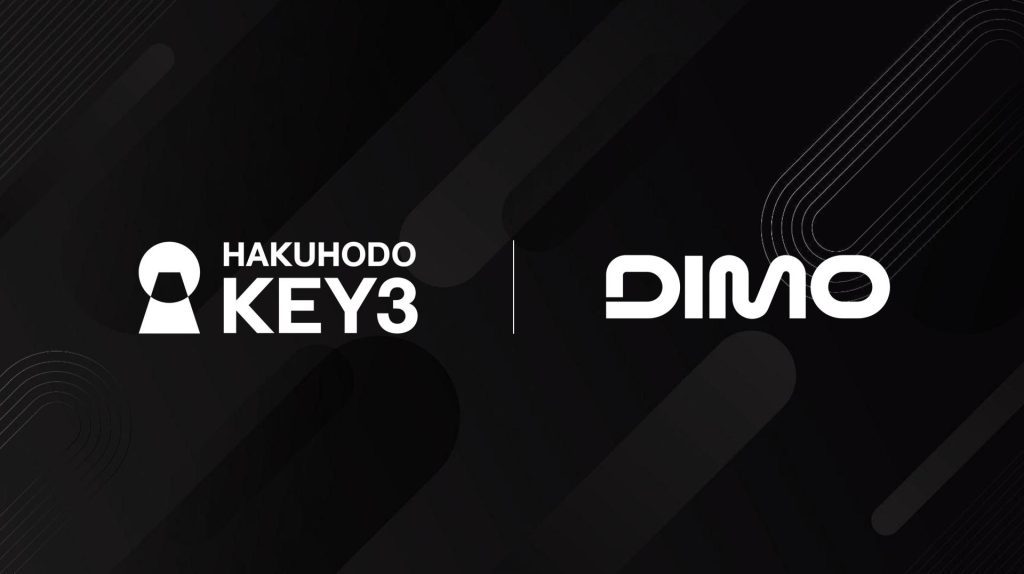
3 months ago
HAKUHODO KEY3 Partners with DIMO to Revolutionize Automotive Data in Japan
On February 26th, 2025, HAKUHODO KEY3 Inc., based in Tokyo, announced a strategic partnership with the DIMO Foundation to enhance the connected car experience in Japan. This collaboration aims to develop innovative products and services utilizing blockchain technology within the automotive sector. DIMO, a DePIN (Decentralized Physical Infrastructure Network) project founded in the US, focuses on addressing challenges in the automotive industry by creating a decentralized ecosystem that interlinks digital and physical infrastructures. This partnership signifies a significant step towards integrating web3 technology into the automotive landscape in Japan.
DIMO's Co-Founder, Alex Rawitz, emphasized the importance of collaboration in building a connected vehicle future, stating that HAKUHODO KEY3's extensive connections within the automotive industry make them an ideal partner. The partnership is expected to facilitate the implementation of DIMO's platform in Japanese vehicles, allowing drivers to connect their cars to a data ecosystem. This initiative aims to provide users with greater control over their vehicles and data, enhancing privacy while creating new services and economic opportunities.
HAKUHODO KEY3's CEO, Toshinori Shigematsu, expressed enthusiasm for the collaboration, highlighting the potential of DIMO's technology to drive mass adoption of web3 solutions. As the automotive industry evolves, this partnership represents a pioneering effort to merge traditional automotive practices with cutting-edge blockchain innovations. Both companies are committed to fostering a seamless integration of web3 technologies, ultimately aiming to improve customer experiences and contribute to the growth of the automotive market in Japan.

3 months ago
Coldware and Render: Key Players in the DePIN Sector
The decentralized physical infrastructure network (DePIN) sector is witnessing significant developments, particularly with two standout projects: Coldware (COLD) and Render (RENDER). Coldware is redefining the integration of blockchain with real-world asset (RWA) tokenization and payment finance infrastructure, while Render focuses on revolutionizing distributed GPU rendering. As the Web3 landscape evolves from mere speculation to practical applications, both projects are positioned for substantial growth, potentially achieving a remarkable 5000% surge in the coming years.
Coldware (COLD) is at the forefront of the next evolution in DePIN and Web3 utility, expanding its influence beyond GPU distribution. It is introducing blockchain-integrated hardware devices, such as smartphones and digital wallets, aimed at creating a decentralized financial ecosystem. This innovative approach not only enhances the utility of blockchain technology but also facilitates the tokenization of RWAs and the development of PayFi solutions, which are essential for mainstream adoption.
On the other hand, Render (RENDER) has established itself as a leader in decentralized GPU computing, connecting digital artists and developers with distributed GPU power. By allowing users to monetize their idle GPU resources in exchange for RENDER tokens, the platform has garnered significant partnerships with major industry players. However, as competition within the DePIN ecosystem intensifies, Coldware's comprehensive infrastructure model may provide it with a competitive edge. The question remains whether Coldware will surpass Render in the anticipated 5000% growth, as it integrates blockchain into everyday life, potentially driving the next wave of decentralized adoption.
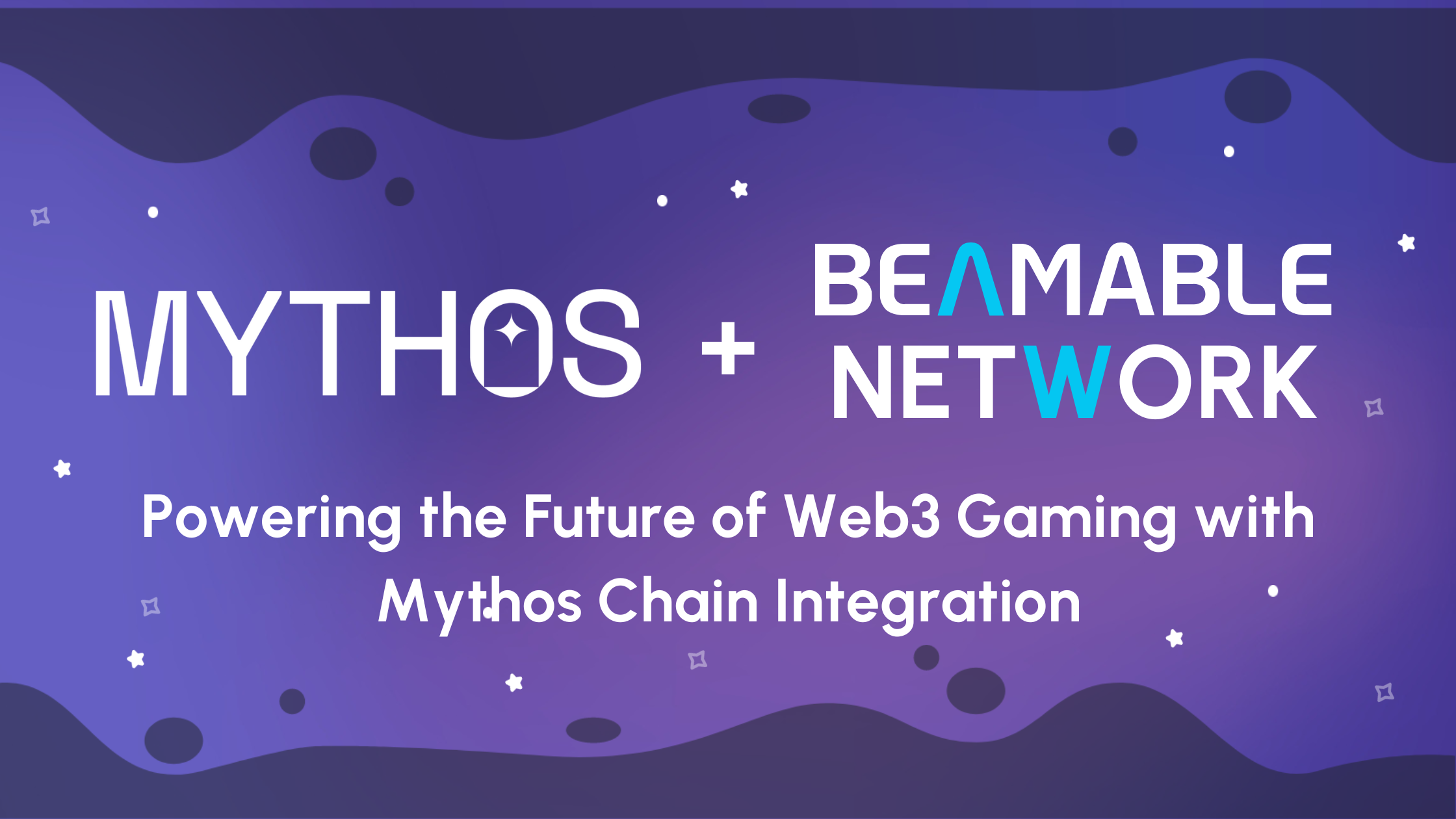
3 months ago
Beamable Integrates Mythos Chain for Enhanced Web3 Gaming Experience
Web3 gaming is experiencing rapid evolution, necessitating developers to have access to scalable and decentralized infrastructure that can support immersive, player-driven economies. In response to this demand, Beamable Network has announced its native support for Mythos Chain, providing developers with an out-of-the-box solution for seamless integration of Mythos tokens. This initiative, unveiled at ETH Denver 2025 and backed by Scytale Digital, aims to leverage Polkadot's scalability and interoperability to enhance the capabilities of game developers in the Web3 space.
The integration of Mythos, a Polkadot-based chain, offers game developers the speed, security, and cross-chain compatibility essential for creating next-generation Web3 games. By incorporating native support for Mythos tokens, Beamable simplifies the blockchain implementation process, allowing studios to effortlessly launch and scale their Web3-powered game economies. Jon Radoff, CEO of Beamable, emphasized that this integration will eliminate complexity and empower studios to create engaging and player-driven economies that redefine ownership and interaction in gaming.
Developers utilizing the Beamable SDK for Mythos will benefit from various features, including seamless support for Mythos tokens, plug-and-play blockchain integration, and scalable monetization solutions. To further discuss the future of Web3 game development, Jon Radoff and John Linden, CEO of Mythical Games, will host a live discussion on February 26. They will cover topics such as the vision behind the Mythos SDK integration, the advantages of Polkadot infrastructure for game developers, and strategies for onboarding traditional game developers into the Web3 ecosystem. With this collaboration, Beamable is set to make decentralized gaming more accessible and scalable than ever before.

3 months ago
Multicoin Leads $8 Million Investment in Geodnet's Hyper-Accurate Location Network
In a significant development within the blockchain and geospatial technology sectors, crypto investment firm Multicoin has spearheaded an $8 million acquisition of GEOD tokens. This investment is aimed at supporting Geodnet, a project that offers a hyper-accurate alternative to traditional GPS systems. Geodnet operates under the decentralized physical infrastructure networks (DePIN) model, which incentivizes individuals to host physical infrastructure, thereby creating a robust mapping service that can deliver location data with centimeter-level precision. Over the past year, the demand for Geodnet's services has surged, leading to a doubling of its token value, reflecting the project's growing relevance in various industries.
Geodnet's technology is particularly beneficial for sectors that require precise location data, such as agriculture and robotics. According to project lead Mike Horton, the existing GPS systems fall short for applications like farming drones and industrial robots, which need location accuracy down to the size of a golf ball. With nearly 14,000 base stations already operational, Geodnet is outpacing competitors by a significant margin, having established more stations in two years than others have in two decades. This rapid scaling is attributed to the DePIN model, which alleviates the financial burden of deploying infrastructure by allowing individuals to earn GEOD tokens through hosting base stations.
The strategic investment from Multicoin is seen as a pivotal move to enhance the capabilities of technologies reliant on precise geospatial data, including self-driving vehicles and delivery drones. Geodnet is currently generating over $3 million in annual recurring revenue and is targeting expansion into markets like India and South America, particularly within the agricultural sector. As the demand for accurate location services continues to grow, Geodnet's innovative approach positions it as a key player in the evolution of geospatial technology and its applications in automation and robotics.
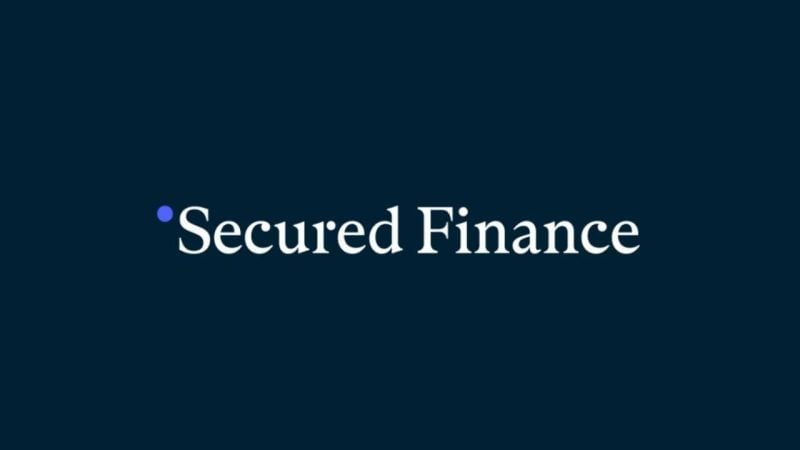
3 months ago
Filecoin Ecosystem Set to Benefit from New US Dollar-Denominated Stablecoin
Recent research from 10X Research highlights the potential advantages of introducing a US Dollar-denominated stablecoin within the Filecoin ecosystem. As one of the fastest-growing platforms in Web3, Filecoin is poised to unlock significant value within its decentralized file storage network. The study emphasizes the importance of establishing a publicly open, peer-built lending market and a liquid source of on-chain Dollars, particularly as the data stored on Filecoin increasingly fuels the AI revolution. The anticipated stablecoin is expected to enhance user adoption, liquidity, and stability, similar to the impact DAI had on Ethereum's DeFi markets.
The report outlines several key benefits of the proposed stablecoin, which is being developed by Secured Finance and named USDFC. By allowing transactions in US Dollars, the stablecoin aims to make Filecoin's platform more accessible to a broader audience, eliminating the need for users to transact in FIL. Furthermore, it would open up new opportunities for leveraging loop trading, carry trades, and fixed-income instruments within the Filecoin ecosystem. Secured Finance's CEO, Masa Kikuchi, expressed optimism about the potential for innovation and growth within the Filecoin ecosystem, drawing parallels to the success of DAI, which saw its backing ETH tokens grow significantly shortly after launch.
The introduction of USDFC could significantly alter the trajectory of the Filecoin project, fostering a more robust financial ecosystem. With the backing of Secured Finance and the insights from 10X Research, the Filecoin community is encouraged to embrace this development as a step towards greater financial inclusion and innovation in decentralized finance. As the landscape of digital assets continues to evolve, the potential for Filecoin to become a key player in the DeFi space is becoming increasingly apparent.
Signup for latest DePIN news and updates